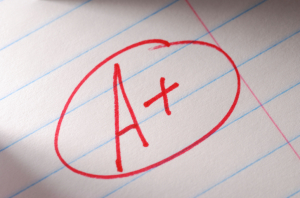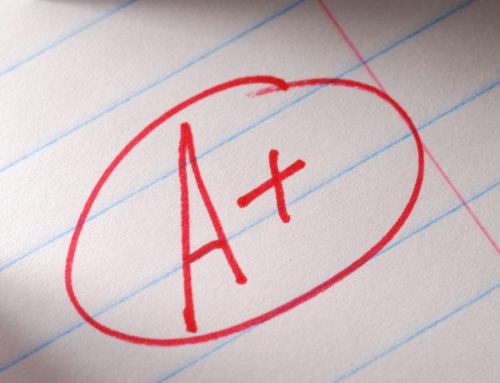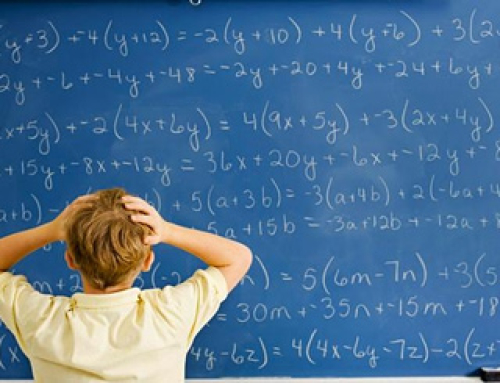Strategies for learning basic math facts Math Tutoring
Students differ in how they learn basic math facts. Some learn no matter how they are shown or taught. For others, basic facts, especially multiplication and long division are major stumbling blocks that need to be met and overcome in a way that enables this particular learner to grow.
Learning basic addition, subtraction, multiplication and division facts are often considered skills that have to be memorized. That is true to some extent: these skills must eventually become fluent, and on automatic recall. The question is: what is the best way to reach this goal? Rote memorization isn’t necessarily the best way.
 Students need to develop a ‘feel’ for numbers, often called ‘number sense’.
Students need to develop a ‘feel’ for numbers, often called ‘number sense’.
Many children develop this even before they enter school. They see at first glance, for example, that there are five M&M’s in their hand. It is obvious to them, to cite another case, that various combinations of numbers can add up to a single sum — for example, that both 8 + 2 and 4 + 6 add up to 10.
But for other students, these “obvious” math facts are not “obvious” at all. Until these students develop a confident, intuitive feel or sense for such facts, they may not be able to store, or meaningfully order them in memory.
There are many ways to help students develop a good number sense. For younger students, modeling math operations with pictures or touchable objects, tiles, unifix cubes, etc. helps them to see the abstraction in a concrete way that fills it with meaning. For many learners, it takes a while to relate to the abstractness of numbers. There is no absolute law or rule for when this happens. Development differs from child to child. Visual and/or kinetic models can help move the process forward for learners at any age, including older children and adults. The key is to use these methods in ways that respect the abilities the learner already has, and address whatever questions and challenges are present.
For many students, moving multiplication facts to the level of automatic recall is the greatest challenge.
Here are some strategies I use with my students:
- Examine a hundred chart. Color in the numbers while counting by twos, threes, fours, or fives, and so on, then read aloud the sequence of colored numbers — for example 2 – 4 – 6 – 8 when counting by twos, or 3 – 6 – 9 – 12 when counting by threes.
- Draw pictures of groups of numbers. The concept of a group is important for multiplication and division.
- As the student moves on to practice application of specific multiplication or division facts in a variety of forms, use these colored number sequences or pictures of number groups to illustrate what is going on in each instance.
Understanding how math operations work is crucial, but understanding alone does not lead to automatic recall. Practice and repetition in a variety of forms are extremely important for many students.
Shorter time periods of practice at regular intervals are generally more beneficial than long periods at irregular intervals, but each learner is different. Some children get it the first time, and need much less practice.
If you help your child, make it as much fun as possible. Look for an online program that appeals to your child, and allows him or her to practice independently.
Just remember that everyone can learn math!
I can help! Contact me:
If you would like more information or help, please contact me at 503-334-7816 or by Email.





